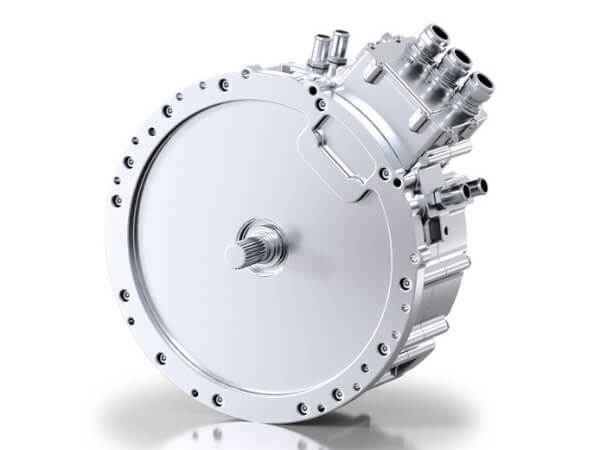
Stainless steel is a versatile and durable material used in a variety of industries including construction, automotive and manufacturing. Its unique properties make it ideal for many applications, but the process of transforming raw material into a finished product requires careful planning and execution. In this ultimate guide to steel processing, we look at the different stages of processing, from raw material selection to the final product.
Once the raw material has been selected, it is moulded into the desired shape through a series of processes. One of the most common methods is hot rolling, where the material is heated and passed through a series of rolls to reduce its thickness and increase its length. This process not only changes the dimensions of the material but also improves its mechanical properties.
After hot rolling, it can be further processed, such as cold rolling or annealing. Cold rolling involves passing the material through rolls at room temperature to obtain a smoother surface and tighter tolerances. Annealing, on the other hand, involves heating stainless steel to a specific temperature and then slowly cooling it to remove internal stresses and improve its ductility.
Another important aspect of processing is surface preparation. Stainless steel can be surface treated in a variety of ways to enhance its appearance and prevent corrosion. Common surface treatments include polishing, brushing and passivation. Polishing involves the use of abrasive materials to remove imperfections and create a smooth, reflective surface. Brushing, on the other hand, uses a wire brush to create a textured surface on stainless steel. Passivation is a chemical process that removes surface impurities and creates a protective oxide layer.
In addition to forming and finishing, manufacturing also involves joining different parts. Welding is a common method of joining stainless steel parts. Heat and pressure are used to melt the edges of the parts and fuse them together. Other methods like braze and solder are also available.
Quality control is critical throughout the manufacturing process. Rigorous quality control is applied at every stage to ensure the final product meets specifications. These include mechanical, chemical composition and surface quality tests. Nondestructive testing, including ultrasound and X-ray, is also used to identify defects or imperfections that may affect the performance of the stainless steel.
In summary, the processing is a complex and intricate process. It involves many steps from raw material selection to the finished product. Each stage requires careful planning and execution to ensure stainless steel meets specifications. By understanding different processing processes, manufacturers can produce high quality stainless steel products that meet diverse industry requirements.